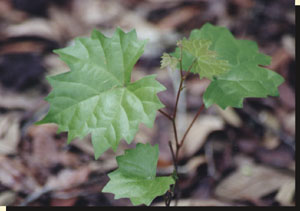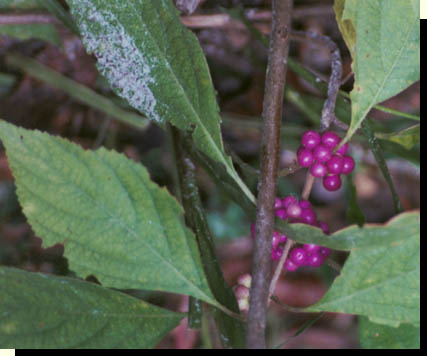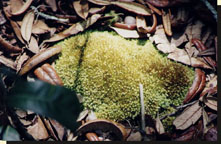


 |
 |
 |
| When deer eat they
are feeding themselves, but they are also feeding their gut microorganisms.
Deer digestion is 100% dependent on them. They help break down the
food, and without them the deer cannot digest. Deer are ruminants, meaning that they bring their food back from the first part of their stomach, called the rumen, to chew it again. If a deer, or any ruminant, starves to the point of also starving off the good microorganisms, in order to survive, the deer will need to get not just food, but needs to get replacement gut flora too. Even with all the food a deer could want, it would starve to death with a full stomach if the gut flora is not replaced.
|
|
THE SPECIES HABITAT DIET DIGESTION SURVIVAL RANGE BREEDING |
COURTSHIP ANTLERS FAWNS TAME WHITETAIL MULE DEER AND BLACKTAIL THEIR FUTURE ANIMALS |